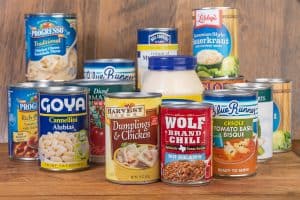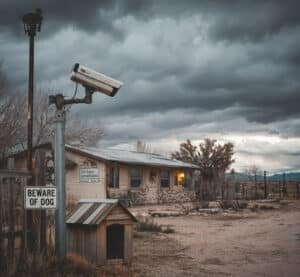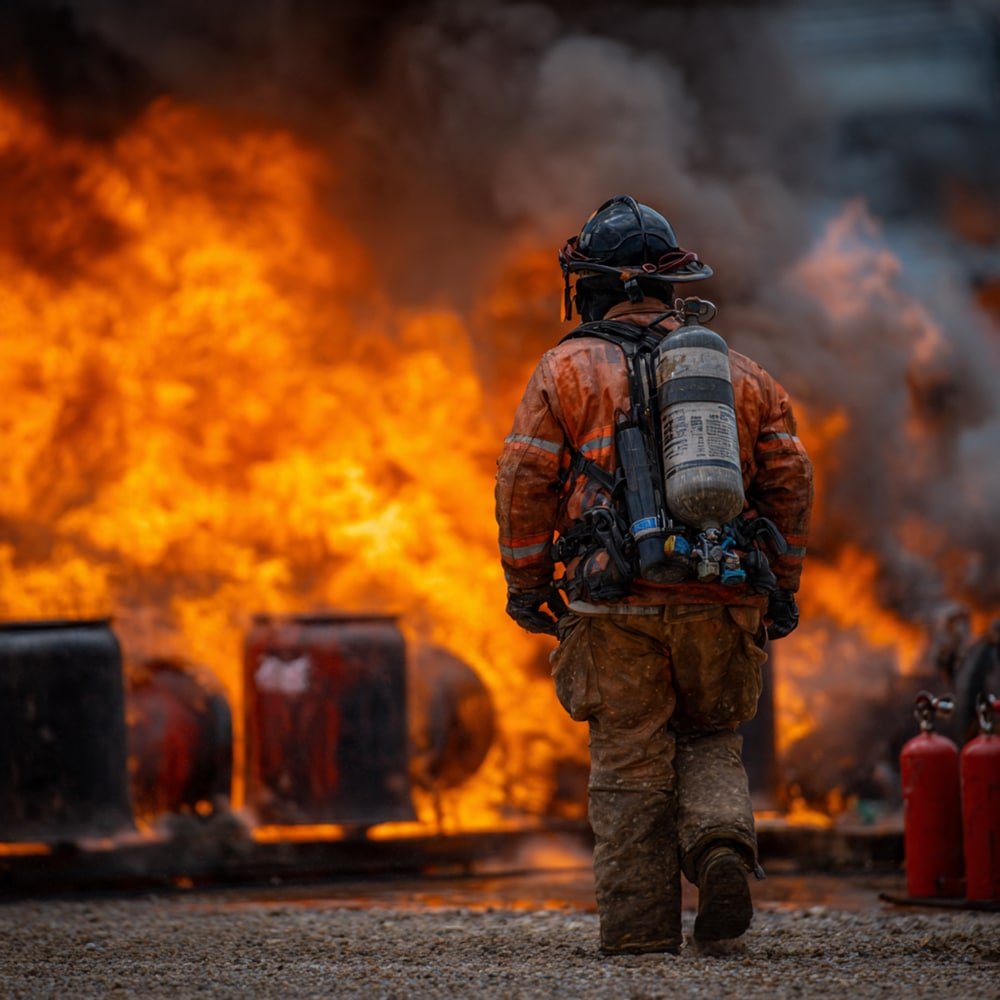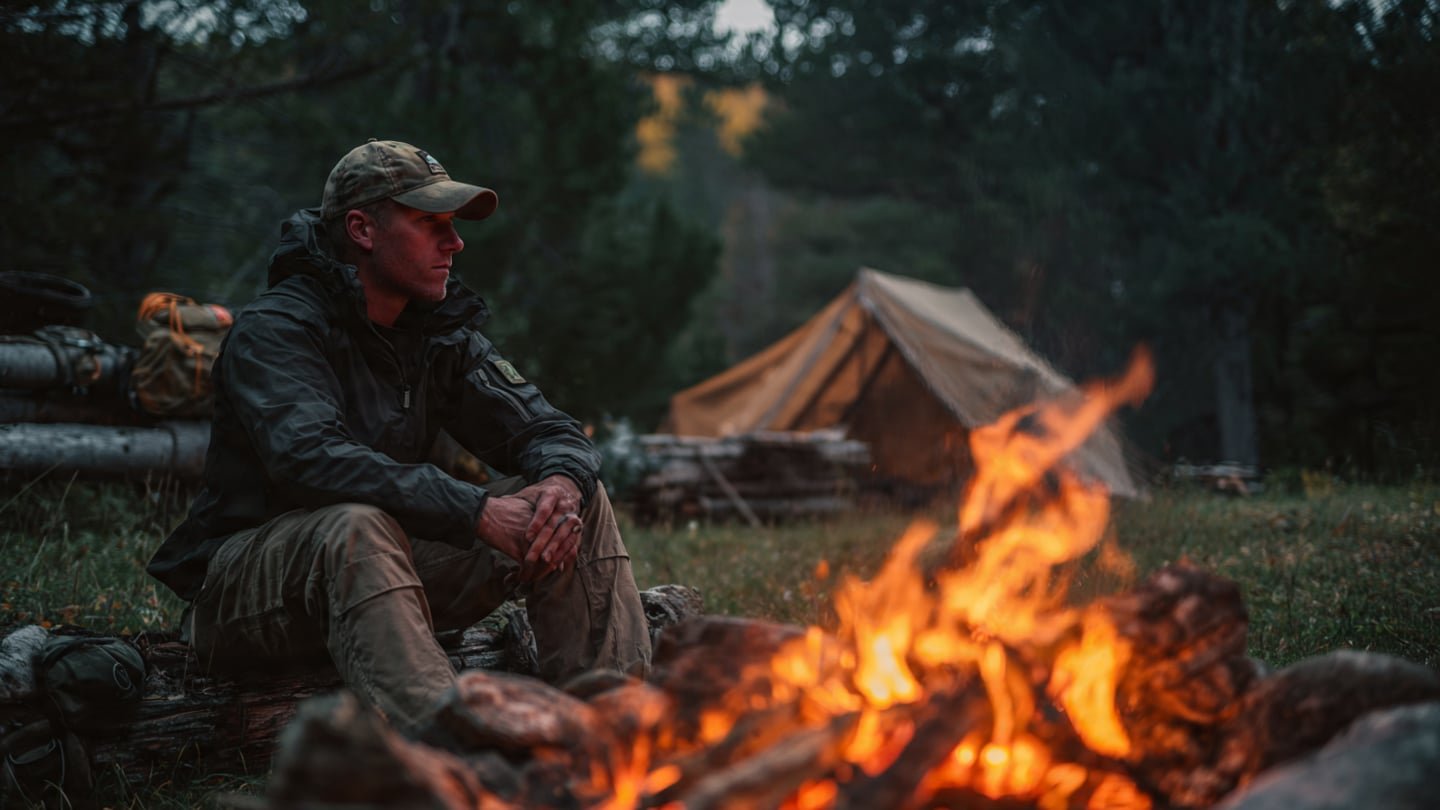The new year is the perfect time to take prepping seriously. The coronavirus pandemic caught many off guard and hopefully, we have learned our lesson. We need to start preparing for the rainy days, so to say. And one major part of prepping is stockpiling food. Before you go raiding the grocery aisles, you need to brush up on what kinds of food you should purchase. On top of that, you should learn all emergency food storage tips to avoid mistakes that may cost you later on.
[lookbook id=”70808″]
Learn the Difference Prepping and Hoarding
Prepping and hoarding are the same in the sense that you’re gathering supplies to sustain you during emergency situations. The problem with hoarding is that you’re buying as much supply as you can right before or during the emergency.
Remember those long lines at the grocery stores when the coronavirus pandemic started? Did you see all those empty aisles where toilet paper used to be? These are the result of hoarding and panic buying.
Aside from losing precious time and energy lining up, one major problem with hoarding or panic buying is the effect it has on your budget. Spending too much at one time will result in a financial burden, especially if you don’t have enough money saved for emergencies.
Devise A Plan
Prepping requires thorough planning. A major part of your emergency preparedness plan is stockpiling food, water, and other necessities. You can’t just go to the store and grab whatever and whenever you like. You need to plan your course of action.
One vital emergency food storage tip is to know which ones belong to your pantry and which ones do not. Your storage area may not have enough space so you should focus on getting the supplies that really matter.
Consider your finances in building your preparedness plan, particularly your food and water supplies. Determine how much you can set aside each month that you can use for your stockpile. List down everything you need and want to be in your pantry. Purchase what you can with the budget that you have set aside.
Choose the Right Emergency Foods
There are a few things you should know before starting your prepper pantry. First, choose non-perishable food. This simply means the food won’t spoil easily without refrigeration. Second, your emergency food should have a long shelf life. You’ll be keeping your food supply in storage until the time you have to use them.

You also want your survival food to take up as little space as possible. This will allow you to stockpile as many items as possible. Also take into account the number of people in the household along with everyone’s nutritional needs, allergies (if any), and preferences.
Speaking of preferences, this may perhaps be one of the most important emergency food storage tips. Choose food that you like. Eating your favorite food or making meals that you normally would have at home can help lift your spirits and give you a sense of normalcy.

Check out the many emergency food options produced by businesses catering to preppers, outdoor enthusiasts, and survivalists. Most come in pouches and portable containers. They also have long shelf lives and don’t require refrigeration. There are also plenty of choices so you won’t get tired of eating the same thing day in and day out.
The ReadyWise 120 Serving Entree Emergency Food Bucket, for example, contains 13 different meals. Some of them are Cheesy Lasagna, Savory Stroganoff, Teriyaki Rice, and Potato & Chicken Flavored Pot Pie.
Mountain House is another company that dabbles in survival food. Their line of Adventure Meals includes a variety of freeze-dried meals including Rice & Chicken, Biscuits & Gravy, Beef Stew, and Scrambled Eggs with Bacon. You can purchase them in cases of six pouches with each pouch containing two servings.
Breakfast is the most important meal of the day. It gives you the nourishment and energy to start your day right. Outrunning zombies or surviving other apocalyptic disasters will be a lot easier if you have a nice healthy breakfast every morning.
Fortunately, Legacy Food Storage has come up with its Premium Food Bucket containing 120 servings of your breakfast favorites. The non-GMO breakfast entrees are packed in airtight sealed Mylar pouches with oxygen absorbers. The breakfast staples included in the food bucket are pancake mix, multigrain cereal, maple oatmeal with brown sugar, and strawberry cream of wheat.
Stock Up On Healthy Food
In the 2014 film Interstellar, the dying Earth has been reduced to a huge pile of dust. A blight plague rendered the land dry and almost useless. Corn was the only one that could be grown on the arid land but it was obviously not enough to provide all the important nutrients.
In a dystopian future, it’s even more important to stay healthy in order to survive. However, the possible lack of fresh food will make this quite difficult. That’s why you should stock up on nutritious non-perishable food.
Contrary to popular belief, canning does not necessarily lessen the nutritional value of food. In fact, it has been proven to preserve most of the nutrients in food. The exceptions are water-soluble vitamins including vitamins C and B, which are affected by the heat during the canning process.

Survival Cave Mixed Meat Jumbo Cans uses just two ingredients: meat and salt. It’s as healthy as it gets since there are no preservatives, chemicals, or fillers. The mixed meat set includes beef, pork, chicken, and turkey so you have options when making meals.
Nutrient Survival, meanwhile, is focused on making emergencies that are packed with nutrients, particularly vitamins, minerals, protein, omega-3s, and fiber. The one-month bundle provides 144 healthy servings for one person.
Dry foods such as rice, grains, oats, and pasta are also rich in nutrients. Energy bars are packed with healthy and tasty ingredients such as grains, nuts, dried fruits, and chocolate. Blue Dinosaur’s Paleo Food Bars, for example, contains a combination of walnuts, pecans, dates, coconut, banana, cacao, vanilla, banana, or coconut oil.
The Food Bar from Emergency Food Ration is packed with calories and other nutrients. It’s also, affordable, and has a 5-year shelf life. Since it is compact and lightweight, it takes little space in your pantry. The vacuum-sealed Food Bar is also easy to grab and pack in case you have to evacuate. Plus, it is recommended by the U.S. Coast Guard. This one deserves a spot in your emergency food storage for all these reasons.
Peanut butter is a good source of energy provided you are not allergic to it. It goes well with bread but since bread goes bad really fast, you can either make your own using flour and yeast or eat it with crackers instead.
The problem with baking your own bread during the apocalypse is that dry yeast doesn’t have that long a shelf life. It usually comes with a “best by” date of two years, though you can still use it after two to four months. What you can do is rotate your stock of yeast. Use your stock before the “best by” date then replenish with a new batch. This should at least ensure you can make freshly baked bread within two years after the world ends.
[lookbook id=”70811″]
Organize
Perhaps one of the emergency food storage tips that every newbie prepper needs to know at the onset is to be organized. You shouldn’t just dump your stock in a cabinet or room. Arrange your supply in a way that you can easily find what you need.
You should also be able to take an inventory properly if your supplies are organized. This will give you an idea of how to ration your food and water.
Rotate
One common misconception about prepping is that you buy emergency food supplies and leave it in storage until you need them. While some emergency foods last up to 25 years or so, that doesn’t mean you have to wait that long before consuming them.
The proper way to handle your emergency food supply is to rotate them. Organize your stock with the oldest items or the ones that will expire first in front. That way, if you need to take some from your prepper pantry, you’re getting the ones that need to go first. Afterward, you should replenish what you took.
Be Discreet
If you keep telling anyone who would listen that you have lots of food and water at home to sustain you after a disaster, you’re just inviting trouble. True preppers will never reveal what they have to other people, particularly strangers.
Ideally, the only people that can know of your food reserve are your immediate family or the ones living under the same roof as you. It’s vital that everyone should keep quiet about their stash, too. One slip of the tongue and your stock and especially your family may be in danger. This is why most preppers prefer only telling their spouses about their food and water supply.
The best you can do for other people is to teach them about prepping without divulging what you have. Start sharing your knowledge with those closest to you. They should be someone you are willing to take in and share your supply with in case they figure out what you’re hiding.
Be careful when you bring home your purchases. Make sure it’s not too obvious to onlookers that you are building your prepper pantry. One way to avoid attention is to purchase a few items at a time until you fill your pantry. If you have the means to buy months’ worth of supplies, you should at least be discreet when bringing them home.
Hide Your Supplies
Don’t leave your emergency food supply just lying around your home. Someone may drop by and notice your stash. That person will then have an idea of where to go if he runs out of food because of some disaster or emergency.
We’re not telling you to be selfish. We’re telling you to be careful. You should help out if you can but prioritize your family during such troubled times. What we’re warning you about are the unscrupulous ones who will use force to take what is yours.
Use heavy-duty storage bins to hide your supplies from plain sight. Purchase same-sized ones so you can stack them on one another. Aside from hiding your food supply, this will help save space and make your pantry more organized.
Aside from your pantry, you can hide your supplies in strategic places inside and outside your home. Hide your food storage under the bed, behind the headboard, in kitchen cabinets, under the stairs, and even inside furniture.
Related: Food Storage Tips for Small Homes
You can also make secret storage compartments in your home. Check out the video below, which shows how you can hide your emergency food supply and other valuables under the kitchen cabinet.
Another clever way to keep your supplies safe from prying eyes is to bury them. If you have an underground bunker, then you shouldn’t have any problems hiding your survival food and other necessities. Pack your supplies neatly in airtight and waterproof containers then bury them in your backyard. Place a marker or draw a map so you can easily find them when you need to.
Have A Secondary Storage Location
It may not be enough to keep all your emergency stash at home. There’s the possibility of your stock running out or being forcibly taken from you. If you need to bug out, you have no choice but to leave your hard-earned stockpile of valuable supplies.
One of the emergency food storage tips that deal with this potential problem is to stockpile supplies in another location. The most ideal secondary storage is your bug out location. Since this is where you’ll be staying while waiting for things to normalize, it’s a no-brainer that you should also have supplies stashed here.
Don’t Forget Specific Needs
If someone in the household is on a special diet due to medical concerns, make sure you have enough supply of their required sustenance. Infants, for example, need milk formula, and baby food. In an apocalyptic scenario, nursing moms will be hard-pressed to produce breast milk mainly because of the stress. Cow’s milk in cartons or bottles has a short life span so they’re out as emergency food. Fresh fruits and vegetables may also be hard to come by, which means no healthy pureed food for your young one.
ReadyWise makes an emergency food bucket with 120 servings of whey milk alternatives. The milk is safely packed in freeze-dried Mylar pouches that help keep it safe to consume for up to 25 years. Simply add one cup of water to each serving.
Stock Up On Clean Water
We’ll go on and add water to the list of emergency foods. Not only is water for drinking or hydrating, you also need it to prepare and cook meals. Some ready-to-eat meals (MREs) also require a bit of water to rehydrate the food.
Most importantly, you need water to survive. Remember the Survival Rules of Three. You can survive for only 3 minutes without oxygen, 3 hours without shelter in harsh conditions, 3 days without water, and 3 weeks without food. That means once you run out of water, you’ll only last for 3 days even if you still have an ample supply of food.
There are plenty of ways you can store clean drinking water. One is to use BPA-free water containers such as WaterBrick Stackable Containers. These 3.5-gallon High-Density Polyethylene (HDPE) water containers can be stacked as high as 4 feet. They can also be used to store your emergency food.

You should also stock up on bottled water and emergency drinking water pouches. The emergency water undergoes Ultra High-Temperature Pasteurization (UHT) before they are packed in hermetically sealed pouches. The 4.225-ounce water pouches keep you from drinking too much. This allows you to stretch your supply for as long as possible. Plus, they’re portable and lightweight. You can pack them in your bug out bags so you’ll have enough water when you have to evacuate.

There are plenty of other emergency food storage tips out there. We’ve only scratched the surface. Check out Gentleman Pirate Club regularly to be updated on more tips about prepping. If you have food storage ideas of your own, please feel free to share them with everybody else.
Just a disclaimer – We have partnered with these companies because we use their products and/or proudly trust and endorse them – so we do receive a commission if you make a purchase or sign up for services. Often, we are able to negotiate special discounts and/or bonuses, which we will pass on to you via our links. We often get short notice on sale items available for 24-48 hours as we will pass these savings on to you.






















